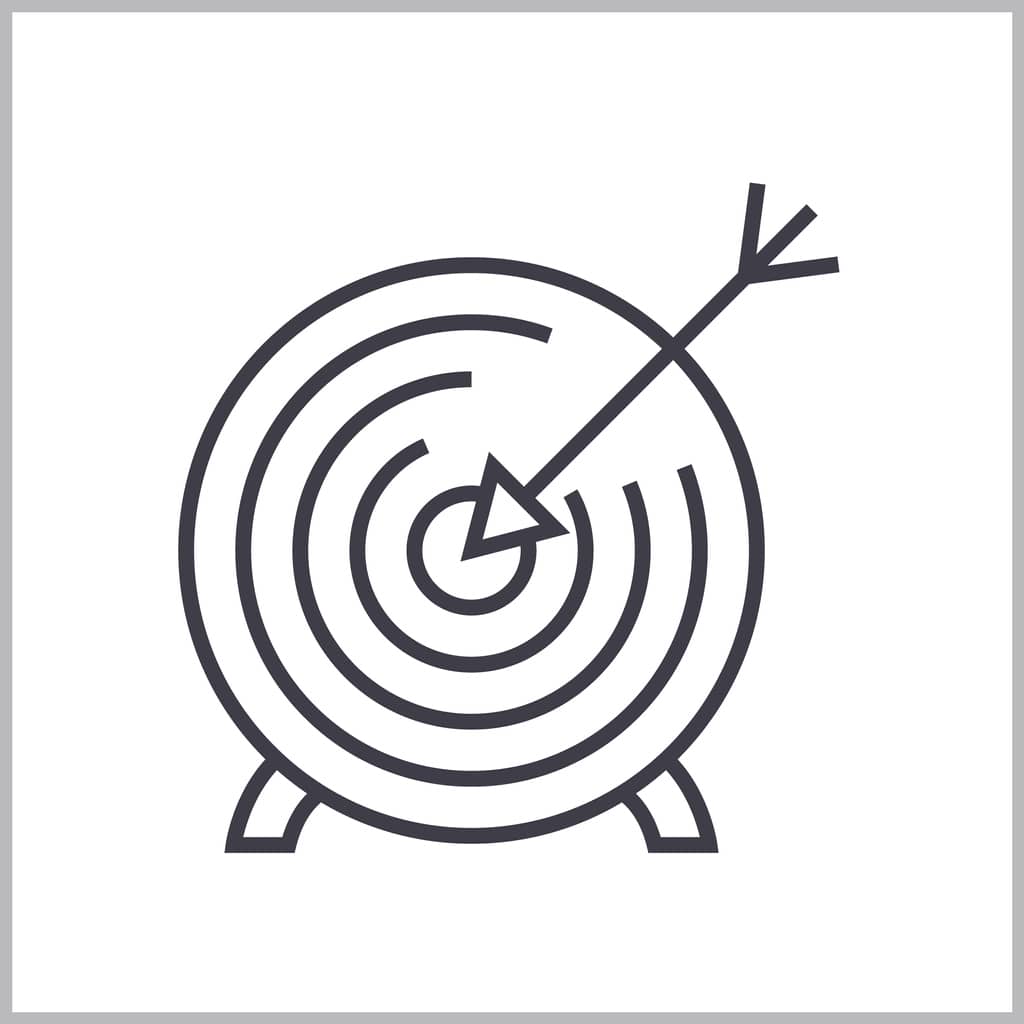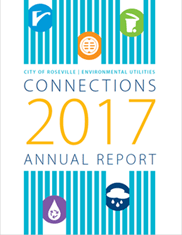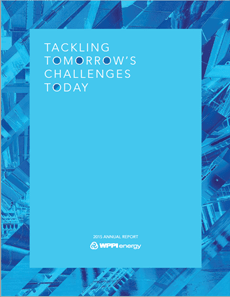
Maybe you’ve heard the phrase, “Get over yourself” sometime in your life. Today I’m going to adapt that and say, when writing for customers or other external stakeholders, “Get outside yourself.”
Years ago, when I was a communicator at an electric company, a communications consultant would pop in now and then to help us sharpen our messaging. More than a few times he would ask, rhetorically, “So what? Who cares? What’s in it for me?”
Some of us gritted our teeth when we heard that. It could sting coming from a peer. But I had to admit that asking yourself those three short questions was a great way to focus my writing and messaging. Successful communication relies on knowing your target audience, understanding their interests and speaking their language.
In other words, just because you (or your boss) think something is cool and groovy, that doesn’t mean your external audience will feel the same way.
For example, here’s a snippet about the non-energy benefits of energy-efficiency upgrades, written for a joint-action agency client:
Better Lighting Leads to Better
Although Duane Feser, Director of Environmental Services for the Sleepy Eye Care Center, has a lengthy job description, it does not include “apply for energy efficiency rebates.” Fortunately, he found a partner in 2019 whose job description does include that task.

Duane oversees a 118-bed facility operated by the Volunteers of America which includes assisted living and nursing care/memory care wings.
“Our residents are between 75 and 90 years old,” he noted. “As they get older, their eyesight can weaken. Better illuminated rooms and hallways reduce the chance that they will miss a handrail or stub a toe, leading to a fall.
Communications tip of the month: Most customers have a limited amount of time and interest in reading content from their energy or water providers. So, try to find a headline and lead paragraph that meets them where they are.

Here’s another piece, written for a water, wastewater and solid waste organization, that boldly goes where many people may not want to go: down the toilet!
What happens after you flush the toilet?
Ron Kerin wanted to know what happened after he flushed the toilet. Where does the waste go when it leaves his home?
And why was he hearing so much about fruit labels?
To answer these and other questions, Ron joined about 22 other residents in a two-hour tour of the Pleasant Grove Wastewater Treatment plant this past May. These tours, new this year, are being offered to answer questions residents may have about those facilities.
“I came away from the tour with a better understanding of how these fruit labels, Q-tips, dental floss and flushable wipes were causing problems for the wastewater treatment plants,” Ron said. “I didn’t know those things don’t break down in the system.”
“The tour showed me that my money was being well spent,” Ron continued. “For a lot of people, what happens after they finish using the toilet is ‘out of sight, out of mind.’ But during the tour, we were told that when people do that, fatbergs are created.”
For a third client, an electricity organization, I focused on the benefits delivered by advanced meters rather than on the technology itself:
Delivering the Benefits of Advanced Meters
Matt Luders was throwing money down the toilet. Bob Starr was inadvertently sending water to the lake. Neither knew they had a problem until they were contacted by Sturgeon Bay Utilities.
SBU is one of 12 WPPI Energy members that have installed advanced metering equipment for all local homes and businesses. Like most WPPI Energy members, SBU provides both water and electric service for its customers, and both are areas where investments in AMI can pay dividends in the form of savings for customers. This includes flagging possible water leaks.

MESSAGING: WHAT DO YOUR CUSTOMERS WANT TO KNOW?
Having written content for providers of electricity, natural gas and water services, I understand that internal drivers can sometimes color a topic, potentially overriding what may be known about customers’ interest level. For example, in the three examples above, the internal impulse could lead to these key messages:
- The amount of kilowatt-hours saved by energy-efficiency upgrades
- The pipes and processes involved in treating wastewater, and
- The technology powering advanced digital meters
All of those are valid points, of course. And when communicating with peer organizations or other technical groups, that may be the way to go. But when communicating with customers and the general public, the best way to start is by asking, “What do we know about what they want to know?”
Here’s another way to look at it: Do you really, deeply, passionately care about all the behind-the-scenes magic that goes into getting 500 channels of cable TV into your home? Didn’t think so.
Your customers and other external stakeholders probably feel the same about your services as you do about cable TV. Sure, there are tons of cool processes and procedures and people and technology involved in delivering reliable, affordable and sustainable electric, water and gas services to customers, but you’ll need to adjust all you want to talk about to what customers want to know.
PINPOINTING RELEVANT MESSAGES FOR CUSTOMERS & THE PUBLIC

If your organization doesn’t invest in market research, you’re forced to guess at what a target audience wants to hear. What a residential customer wants to hear is very different from what a specialized audience — such as corporate energy managers or peer energy-company practitioners — want to hear.
The challenge is that communicators for electricity, gas and water providers operate in a very technical environment. Soon, almost unconsciously, perhaps even against their wishes, they adopt that technical language. And pretty soon they’re engaging in techno talk with non-technical audiences. That kills effective communications.
Here’s a better idea: Find a way to talk to a representative of the community you’re trying to reach. If it’s a general audience, talk to a neighbor — what does she want to know about your energy company or Topic X? One time I had a client show my copy to his high school daughter to see if it made sense to her. It may not be scientific, but it’s better than nothing.
If you’re writing a piece for corporate energy managers, talk to your Key Account Management group and see if they can volunteer an energy manager for you to talk with, to better understand that community’s interests. And if your writing for a technical audience, talk to someone in whatever internal work group corresponds to that external audience.
All of those audiences, especially your customers, want to hear from you, providing you’ve got something to say that aligns with their interests.
“Say What?” Best Practices in Complex Issue Messaging
If you can’t explain to your customers what you are doing and why, how can you expect them to trust and support you? Check out these resources for additional information.

